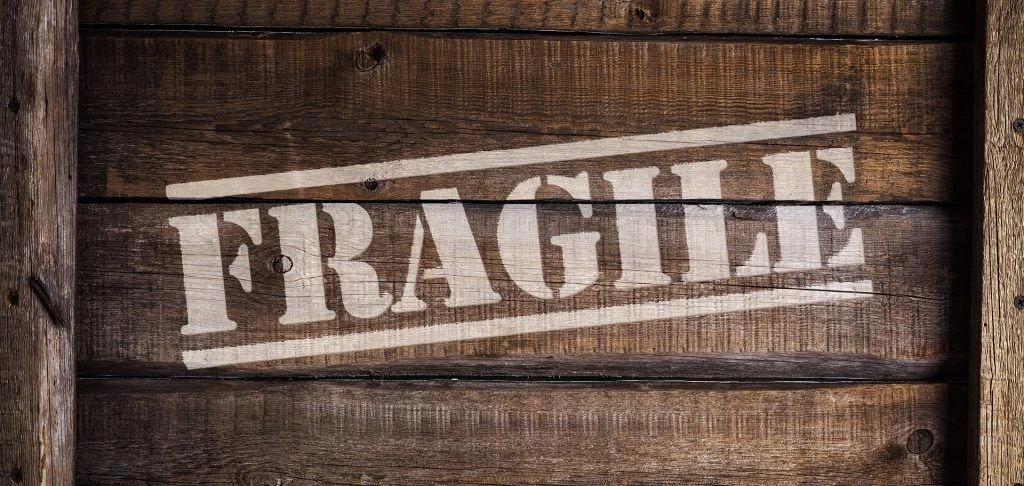
Moving Abroad

Container Shipping

Information & Popular Routes
Services

Find a Mover


Packing is certainly one of the most complicated steps of moving – especially when you have a lot of fragile items you’d like to bring along with you to your new home. To ensure grandma’s delicate china doesn’t end up in shattered pieces, we’ve compiled a list with our expert tips on how to pack fragile items like a pro –from plates to flat-screen TVs, we got you covered!
Packing fragile items when moving is definitely an art form you can easily master if you have the right tools and guidance. So, it comes as no surprise that you’re going to be needing special packing materials to make sure all your fragile items arrive safe and sound at their destination. To pack your fragile items like a total expert you will need:
Sirelo Tip!: Try to get your hands on cardboard boxes that are pre-divided into slots with the dimensions of specific products, such as glassware. These slots can help diminish the movements of the items within the box, which decreases the chances of them arriving in a million pieces! 😉
Most important rule of how to pack fragile items like a pro: don’t rush! Even when you’re packing day-to-day robust household items, it’s always smart to get a head start on it as this will certainly reduce the moving-related stress you might go through. Remember that rushing leads to mistakes, and trust us, you really don’t want to leave any room for accidents when it comes to the moving of your delicate items.
In case you need packing assistance, or simply prefer not to do the packing yourself, professional moving companies can offer you this service for an added fee.
Are you still looking for a professional mover? We got your back! Fill out our quote form below and we’ll make sure to connect you with up to 5 different moving companies –all carefully selected based on your needs!
Learning how to pack fragile items is easier than it seems. However, it’s important to keep in mind that the guidelines you need to follow to pack your delicate items successfully will be determined by the type of item you’re looking to move.
We will break down how to pack the most common fragile items for you below, but first, let’s start with some general tips that do apply to the packing of all delicate items:
Let’s start with plates and glassware, as these are the most common fragile household items to pack when moving. To guarantee your dishes arrive safe and sound in your new home, we recommend the following:
Packing a flat-screen TV is not an easy task, but there’s no need to stress, as long as you follow the guidelines highlighted below you should be safe:
When it comes to large glass items, such as mirrors, we recommend proceeding with the following steps:
Vases and ceramics can be a bit tricky to pack as they can sometimes have slightly odd shapes. But don’t worry, we got your back! Just make sure you follow the steps outlined below:
Last but not least, we also must make sure that your picture frames arrive in one piece at your new home. To ensure that, we recommend the following:
The last tip when it comes to learning how to pack breakables is to make sure you clearly label each moving box with the word fragile. Otherwise, all your effort to perfectly pack those breakables will be completely in vain. Don’t be shy, go all out and make sure you write the word fragile around the box a few times using all caps and in bold!
At Sirelo we know that moving can definitely be stressful, so it’s important to remember to take a breather every now and then. Keep in mind that all the effort you put into learning how to pack fragile items to T will be rewarded once you’re in your new home surrounded by all your belongings –which all would’ve arrived in perfect shape since you followed our expert guide. 😉
In case you still need some extra help planning or organizing our move, make sure to check out the articles we have linked for you below. We wish you the best of luck with your move!